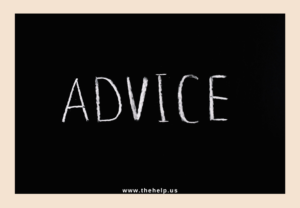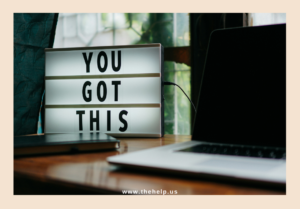
Valentine’s Day is just around the corner, and love is in the air! While we all know it’s a day traditionally reserved for romantic gestures, there’s no reason you can’t sprinkle a little bit of that love in the workplace. But, hold your horses! Before you start hanging heart-shaped decorations on your colleague’s desk, let’s dive into some tips on how to safely and respectfully celebrate Valentine’s Day in the office.
1. Keep It Professional:
First things first, remember that you’re at work. While it’s lovely to express appreciation and camaraderie, steer clear of anything too personal or intimate. Save the grand gestures for your loved ones outside the office. A simple “Happy Valentine’s Day” or a card is a sweet and safe way to acknowledge the day without crossing professional boundaries.
2. Inclusive Celebrations:
Not everyone celebrates Valentine’s Day, and some may even find it a bit cheesy or uncomfortable. To create an inclusive environment, consider organizing activities that everyone can enjoy. How about a Valentine’s Day-themed potluck lunch or a team-building game? This way, you’re fostering a sense of unity without excluding anyone.
3. Spread the Love Equally:
If you’re planning to give out goodies or cards, make sure to spread the love equally. Sending something exclusively to your work crush might send the wrong message and make others feel left out. Consider giving small, thoughtful treats to everyone on your team to ensure no one feels singled out.
4. Mind the Office Policies: ( a very important tip)
Every workplace has its own set of rules and policies. Before you start planning elaborate surprises, check your company’s guidelines. Some workplaces may have restrictions on gift-giving or festivities during work hours. It’s essential to respect these policies to maintain a harmonious work environment.
5. Anonymous Acts of Kindness:
If you want to add an element of mystery and fun to the day, consider organizing an anonymous gift exchange. Colleagues can draw names and secretly leave small gifts or notes for each other. This not only adds an air of excitement but also prevents any potential awkwardness.
6. Decorate with Moderation:
While a touch of festive decor can lift spirits, it’s crucial not to go overboard. A few tasteful decorations can create a pleasant atmosphere without turning your workspace into a love-themed extravaganza. Keep it classy, and ensure that decorations are respectful and inclusive.
7. Mindful of Personal Space:
Valentine’s Day might inspire you to show your appreciation with a hug or a cheeky wink, but be cautious. Respect personal boundaries, and if you’re unsure about how your gesture might be received, it’s probably best to stick to a friendly smile or a handshake.
Celebrating Valentine’s Day at the workplace is all about creating a positive and inclusive environment. Keep it light, friendly, and respectful, and you’ll ensure that everyone can enjoy a touch of Cupid’s magic without feeling uncomfortable. How do you celebrate Valentine’s Day at the office? Share them with us in the comments. Cheers to spreading love, laughter, and positivity in the workplace! Remember to work smart and be a blessing to someone today. Stay safe and healthy!
Written by Jaie O. TheHelp



